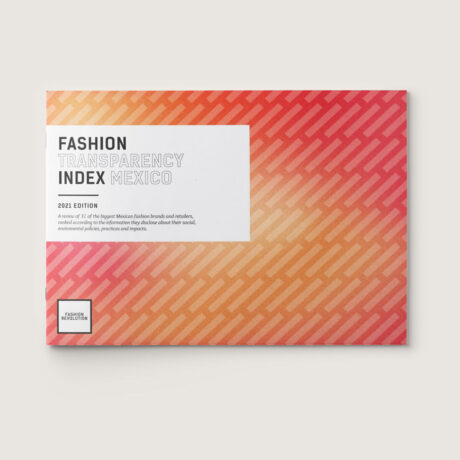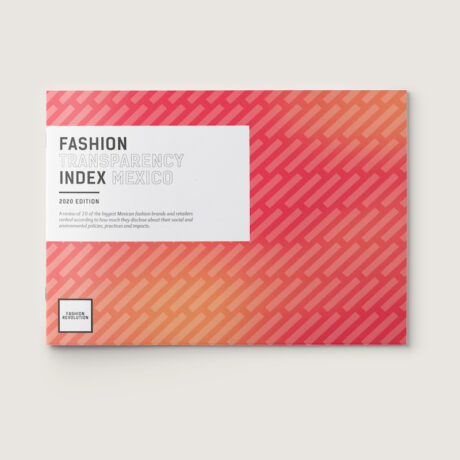Fashion Transparency Index
A spotlight on how much information the world’s largest fashion brands disclose about their supply chain practices and impacts, to fuel your activism and drive greater accountability.
ABOUT THE FASHION TRANSPARENCY INDEX
There are eight annual editions of the Fashion Transparency Index. In 2023, 250 of the world’s largest fashion brands and retailers were reviewed and ranked according to what information they disclose about their social and environmental policies, practices and impacts, in their operations and supply chain.
This Index is a tool to push and incentivise the world’s largest fashion brands to be more transparent about their social and environmental efforts. Fashion Revolution believes that transparency is foundational to achieving systemic change in the global fashion industry, which is why we have been campaigning for it since 2014, and why we created this Index.
Transparency is a first step; it is not radical, but it is necessary. When brands publicly disclose information, it allows anyone to scrutinise their policies, hold them accountable for their claims and advocate for positive change.
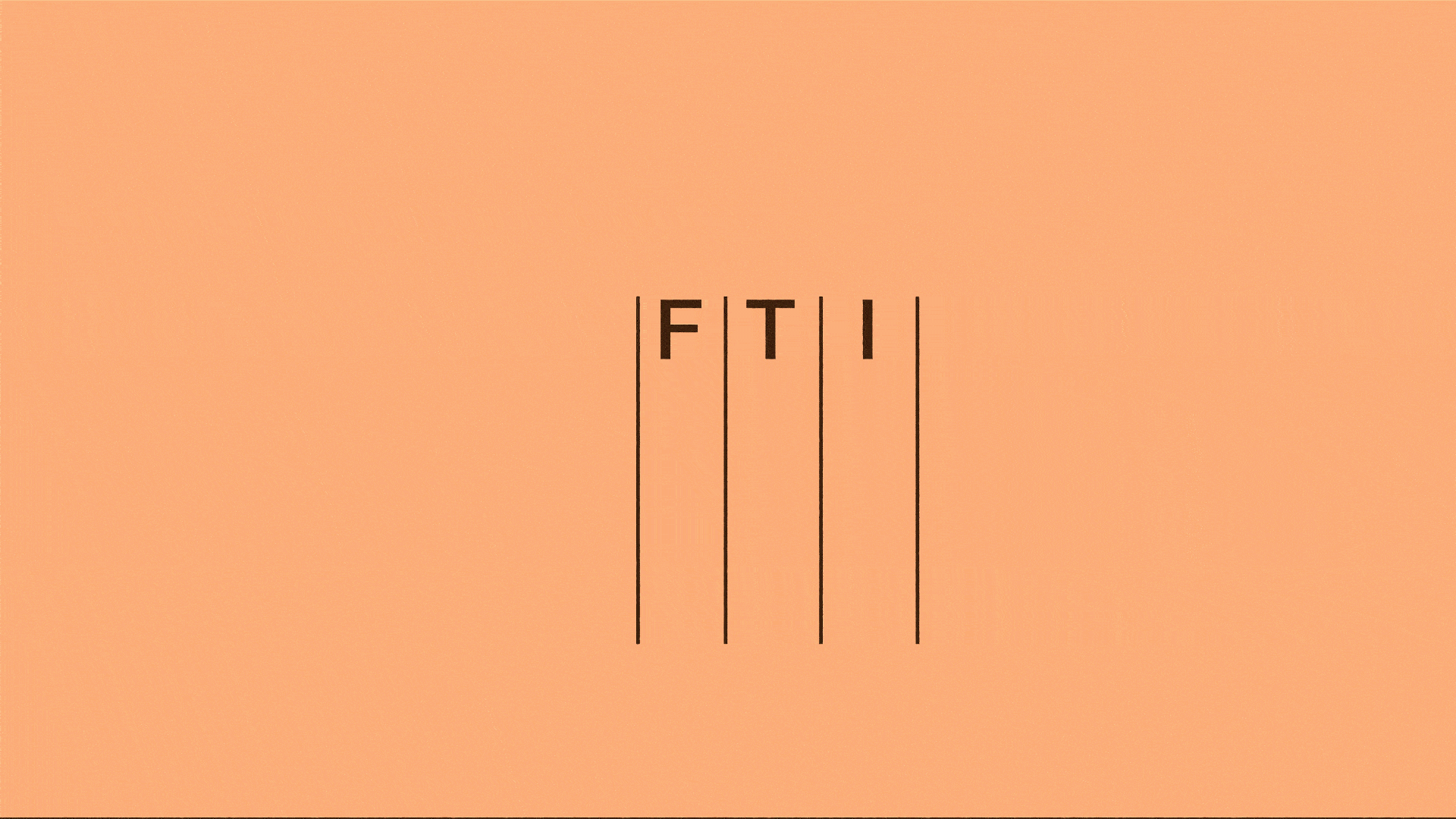

WHY TRANSPARENCY MATTERS
A lack of transparency costs lives. When the Rana Plaza building collapsed ten years ago, killing and injuring thousands of garment workers, rescuers had to dig through the rubble looking for clothing labels in order to figure out which brands were producing clothes there. It is impossible for companies to make sure human rights are respected, working conditions are safe and the environment is protected without knowing where their products are being made.
But ten years after Rana Plaza, there is still much to be done. The global fashion industry remains rife with human rights abuses and environmental degradation. Supply chains remain complex, fragmented, deregulated and opaque.
A lack of visibility of supply chains allows exploitative, unsafe working conditions and environmental damage to thrive while obscuring who has the responsibility and power to redress these issues.
ALL EDITIONS
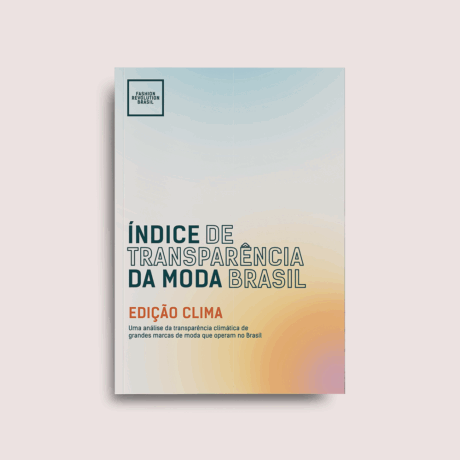
Fashion Transparency Index Brazil 2025: Climate Edition
An analysis of the climate transparency of 60 major fashion brands operating in Brazil.
READ NOW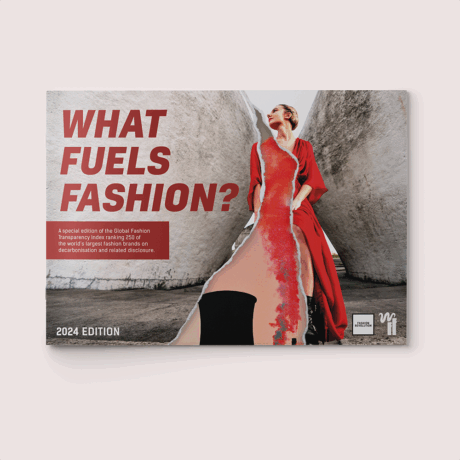
What Fuels Fashion? 2024
A special edition of the Global Fashion Transparency Index ranking 250 of the world’s largest fashion brands on decarbonisation and related disclosure.
READ NOW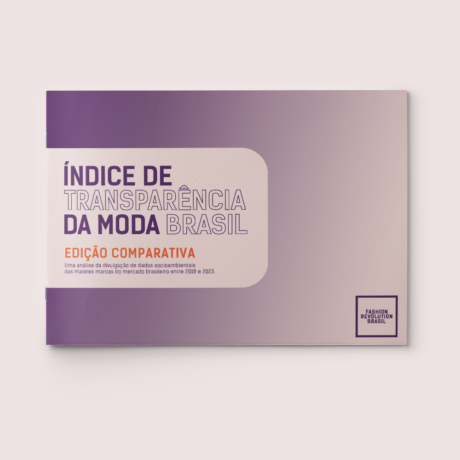
Fashion Transparency Index Brazil 2024
An analysis of the disclosure of socio-environmental data by the largest brands in the Brazilian market between 2018 and 2023.
READ NOW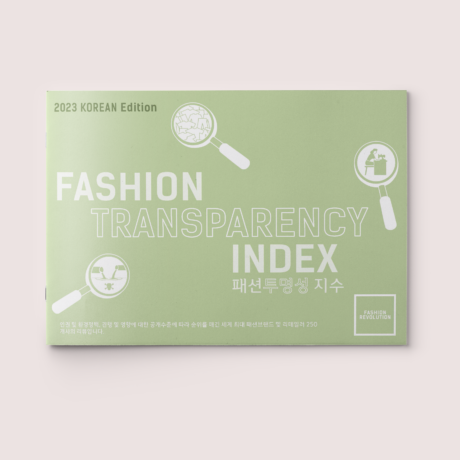
Fashion Transparency Index 2023
A review of the 250 biggest fashion brands and retailers ranked according to how much they disclose about their social and environmental policies, practices and impacts.
READ NOW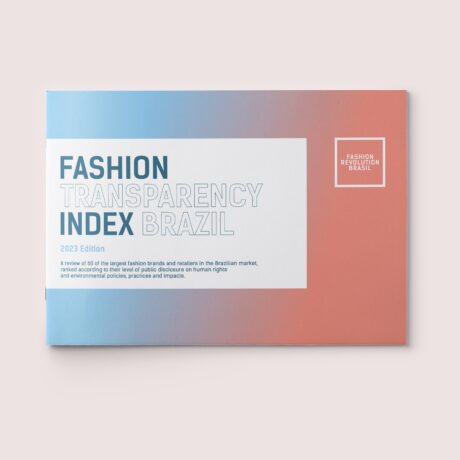
Fashion Transparency Index Brazil 2023
Ranking the levels of transparency of 60 of the biggest fashion companies in Brazil. Available in English and Portuguese.
READ NOW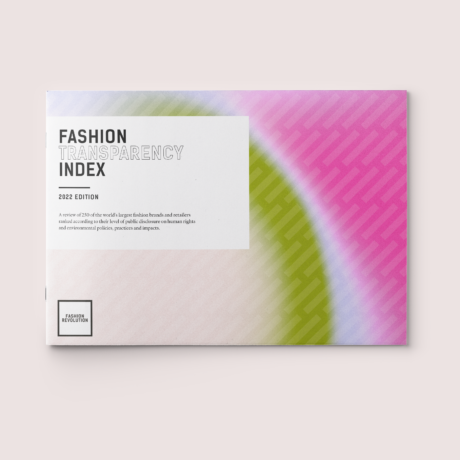
Fashion Transparency Index 2022
A review of the 250 biggest fashion brands and retailers ranked according to how much they disclose about their social and environmental policies, practices and impacts.
READ NOW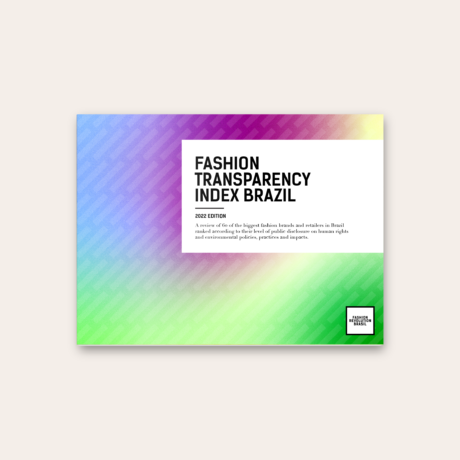
Fashion Transparency Index Brazil 2022
Ranking the levels of transparency of 60 of the biggest fashion companies in Brazil. Available in English and Portuguese.
READ NOW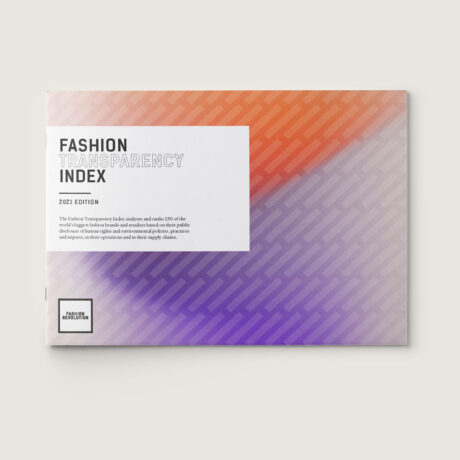
Fashion Transparency Index 2021
A review of the 250 biggest fashion brands and retailers ranked according to how much they disclose about their social and environmental policies, practices and impacts.
READ NOW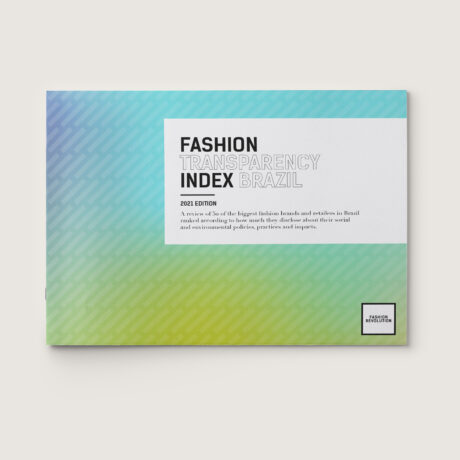
Fashion Transparency Index Brazil 2021
Ranking the levels of transparency of 40 of the biggest fashion companies in Brazil. Available in English and Portuguese.
READ NOW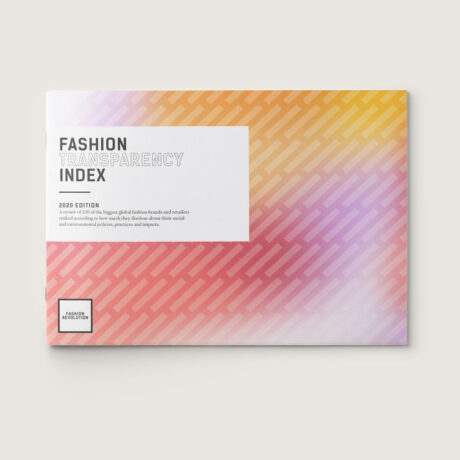
Fashion Transparency Index 2020
A review of the 250 biggest fashion brands and retailers ranked according to how much they disclose about their social and environmental policies, practices and impact.
READ NOW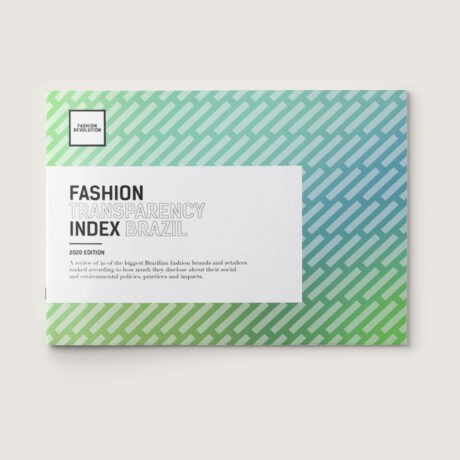
Fashion Transparency Index Brazil 2020
Ranking the levels of transparency of 40 of the biggest fashion companies in Brazil. Available in English and Portuguese.
READ NOW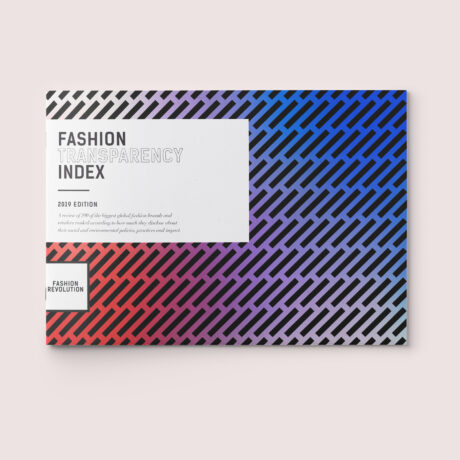
Fashion Transparency Index 2019
A review of the 200 biggest fashion brands and retailers ranked according to how much they disclose about their social and environmental policies, practices and impact.
READ NOW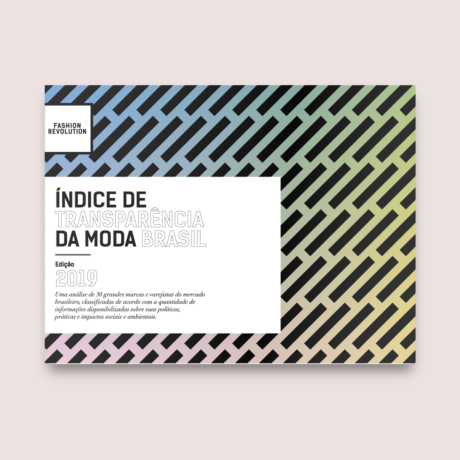
Fashion Transparency Index Brazil 2019
Ranking the levels of transparency of 30 of the biggest fashion companies in Brazil. Available in Portuguese and English.
READ NOW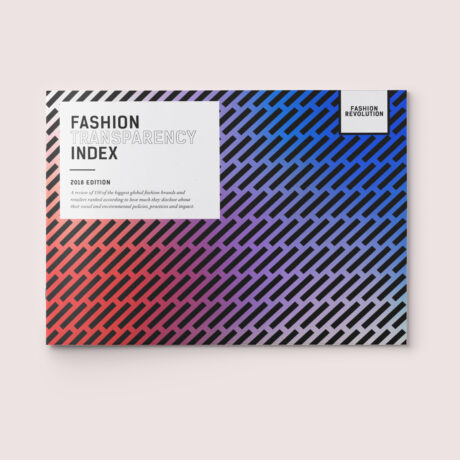
Fashion Transparency Index 2018
Ranking the levels of transparency of 150 of the biggest global fashion companies.
READ NOW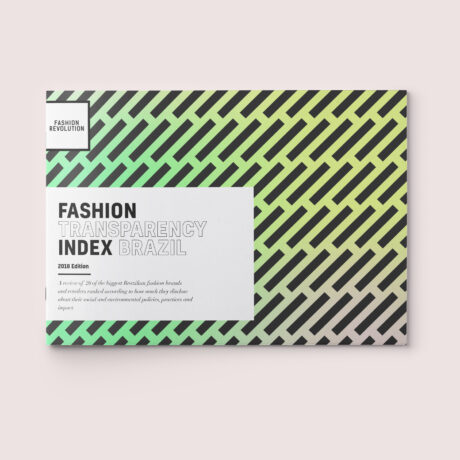
Fashion Transparency Index Brazil 2018
Ranking the levels of transparency of 20 of the biggest fashion companies in Brazil. Also available in Portuguese.
READ NOW
Fashion Transparency Index 2017
Ranking the levels of transparency of 100 of the biggest global fashion companies. Also available in Spanish and Portuguese. Read the FAQs.
READ NOW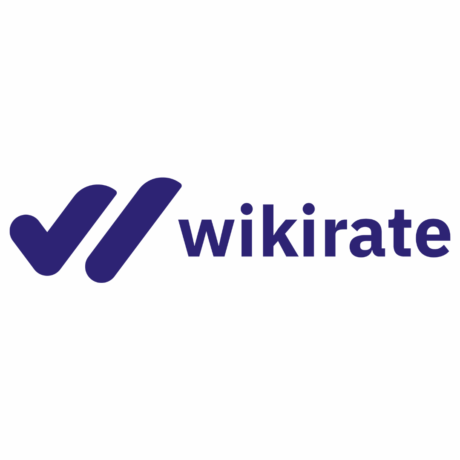
Wikirate partnership
The scores, underlying data and sources of the Fashion Transparency Index are also hosted on WikiRate.org. This partnership allows us to share our data with the world under an open data license.
EXPLORE WIKIRATETAKE ACTION
Anyone, anywhere should be able to find out how, where, by whom and at what social and environmental costs their clothes are made. This requires greater transparency across fashion’s global value chain.
So, our call to you is this – do not use this Index to inform your shopping choices but rather use these findings to inform your activism.
We urge readers to use these findings to speak up and challenge the big profitable brands and retailers on their claims, urging them to be more accountable and prove that they’re making changes in reality and not just on paper.
For citizens, this means calling on:
European policymakers to legislate on living wages. Through the Good Clothes, Fair Pay campaign, we collected hundreds of thousands of signatures calling on the European Parliament to introduce living wage legislation for garment workers worldwide – stay tuned for future campaign updates!
Major brands and retailers to be more transparent on all the issues included in the Fashion Transparency Index – get in touch with brands and ask them #WhoMadeMyClothes?, #WhoMadeMyFabric? and #WhatsInMyClothes?
Policymakers, using our postcard template, to create legislation that holds big brands accountable for human rights and environmental impacts across the entire value chain.
Shareholders and investors to use their power to influence big brands to be more transparent and do better for the planet and the people who make our clothes, including making investment decisions on the basis of how transparent companies are or are not.
Civil society, such as trade unions and NGOs, to ensure that brands’ policies and practices translate into positive outcomes in the places where clothes are made.
FREQUENTLY ASKED QUESTIONS
The Fashion Transparency Index analyses and ranks 250 of the world’s biggest fashion brands and retailers based on their public disclosure of human rights and environmental policies, practices and impacts, in their operations and supply chains.
The Fashion Transparency Index comprises 258 indicators covering a wide range of social and environmental topics such as animal welfare, biodiversity, climate, due diligence, forced labour, freedom of association, gender equality, hazardous chemicals, living wages, purchasing practices, supplier disclosure, waste and recycling, working conditions and more.
The Fashion Transparency Index was created to:
- Compare the level of transparency among the world’s largest fashion brands and retailers;
- Incentivise major brands and retailers to disclose a greater level of credible, comparable, detailed information year-on-year by leveraging their competitive tendencies;
- Analyse trends in transparency across the global fashion industry;
- Inform and empower your activism – whether at NGO or individual level;
- Support Fashion Revolution’s ongoing campaigning efforts
Ultimately, the aim of the Index is not just transparency in and of itself. The aim is for this information to be used by individuals, activists, experts, worker representatives, environmental groups, policymakers, investors and even brands themselves to scrutinise what big fashion brands are doing, hold them to account and work to make change a reality.
The Fashion Transparency Index is one tool that Fashion Revolution has developed to help bring about systemic change in the industry. We also drive positive change through wider public awareness-raising and education, lobbying governments, championing small and responsible designers and building a network of activists around the world around a common vision.
We are not alone in calling for transparency. We are one voice of many spanning across civil society, including NGOs and trade unions representing supply chain workers. Please read this letter signed by 33 NGOs, including Fashion Revolution, calling for full supply chain transparency in the clothing sector.
Transparency is the public disclosure of information that enables people to hold decision-makers to account. For the fashion industry, it means sharing information about supply chains, business practices and their associated impacts on workers, communities and the environment. Transparency is crucial for connecting the dots of the problems in the fashion industry and understanding how to fix them.
Transparency is vital for holding major brands accountable for their human rights and environmental impacts across their supply chains.
We understand that citizens are seeking rankings of the ethics and sustainability of major fashion brands. But this is not what the Fashion Transparency Index is designed to do.
The Index looks at how much information major brands and retailers share about their social and environmental efforts because transparency is a necessary first step for holding them to account for their impacts.
Transparency underpins sustainability – without transparency, achieving a sustainable, accountable and fair fashion industry will be impossible.
See how transparency has been instrumental in driving social and environmental impact in the case studies and expert viewpoints throughout the report.
Being ranked highly in the Index means a major brand is comparatively more transparent than other big brands. We are not making any statement about whether a brand is ethical or sustainable.
The Fashion Transparency Index reviews brands’ public disclosure on human rights and environmental issues across 246 indicators in 5 key areas:
- Policies & Commitments
- Governance
- Supply Chain Traceability
- Know, Show & Fix
- Spotlight Issues, which this year are:
- Decent work, covering forced labour, living wages, purchasing practices, unionisation and collective bargaining
- Gender and racial equality
- Sustainable sourcing and materials
- Overconsumption, waste and circularity
- Water and chemicals
- Climate change and biodiversity
Brands receive points for information that has been publicly disclosed on the brand or parent company website, through self-published annual reports and via third parties where there is a link between the company’s website and the third-party disclosure.
Each year we update the methodology in consultation with more than 20 pro-bono industry experts, including workers’ rights and environmental groups, trade union representatives, academics and investors, to push fashion brands and retailers to increase their transparency in line with industry trends and spotlight issues.
This year, we have become more stringent in our review and only award progress on targets when it meets the criteria of being both time-bound and measurable. Unless brands are transparent about this, it is impossible to hold them accountable to their commitments and timelines.
In line with our push for living wage legislation through the Good Clothes, Fair Pay campaign, we have added more in-depth indicators to assess brand disclosure on workers wages and the approximate percentage of workers paid by piece rate in the supply chain.
In addition, this year’s Index is partly funded by the European Climate Foundation (ECF), an independent philanthropic initiative working to help tackle the climate crisis, to imbed a new set of targeted indicators on brands disclosure related to coal-phase out and emissions reduction.
Another topic that we have introduced this year in the methodology is ‘degrowth.’ The degrowth movement prioritises social and ecological well-being instead of corporate profits, over-production and excess consumption. It requires radical redistribution, reduction in the material size of the global economy, and a shift in common values towards care, solidarity and autonomy. Importantly, this should be viewed primarily as the deliberate reduction of socially and environmentally damaging practices, like overproduction, excess consumption and usage of finite resources by the Global North.
Finally, this year we have also made the decision to add a few indicators to the Index worth zero points. This decision was made because we recognise that some of the new indicators added e.g. discloses energy consumption by facility, are so minimal at this stage that we did not want to penalise brands for not disclosing this information. This will only be relevant for this year as we will be updating the methodology for 2024.
The Index format makes it easier to compare what major brands and retailers publicly disclose across a set list of social and environmental issues that we track year-on-year. It also enables major brands to see how they compare to their peers and competitors.
Ranking brands is a highly effective tool in incentivising transparency and pushes them to progressively improve public disclosure of social and environmental information.
Our ambition is that the Index will illustrate the need for stronger legislation on human rights and environmental impacts in the fashion industry, including mandatory public reporting.
The Fashion Transparency Index reviews and ranks 250 of the world’s largest and most influential fashion brands and retailers. Brands have been selected on the following basis:
- Annual turnover over USD $400 million
- Representing a spread of market segments including high street, luxury, sportswear, accessories, footwear and denim from across Europe, North America, South America, Asia and Africa.
As the biggest and most powerful consumer brands in the apparel industry, the brands reviewed in this Index have the most significant negative human rights and environmental impacts and the greatest responsibility to change. Where brands are privately held, we have made an educated guess regarding their size and turnover. Geographic spread is considered too.
No, brands and retailers don’t pay and cannot choose to be included in the Fashion Transparency Index.
We decide which major fashion brands and retailers are reviewed based on their annual turnover, aiming to target the world’s largest companies. We review brands whether or not they participate in the process by completing our questionnaire (which you can access here) and they are given points based entirely on information that is publicly available.
We engage major brands and retailers to achieve industry-wide change – however, we do not charge any of them for participating.
Fashion Revolution treats all major brands in the Index exactly the same. You can find out more by reading our Ethical Funding Policy which outlines the principles that underpin from whom Fashion Revolution will accept funding.
We review the world’s largest and most profitable brands and retailers because they have the largest negative impacts on people and the planet, and therefore have the moral imperative, as well as resources, to take action.
Fashion Revolution showcases and champions smaller and more responsible brands and designers through our Fashion Revolution Open Studios and Small But Perfect initiatives. These pioneering brands and designers are actively working to find solutions to the key social and environmental challenges facing the industry, from tackling studio waste to responsible production and sourcing, to finding ways to integrate their businesses with social enterprise initiatives for a mindful, more purposeful industry.
No brand in the Index scores 100%. In fact, the highest score this year is 83% – and the average score across all brands is just 26%.
However, in theory, a score of 100% would mean that a brand is publicly disclosing details of every supplier in their supply chain and every policy, procedure, performance and impact reviewed in the Index across a broad range of human rights, environmental and governance issues.
A score of 100% is not the ‘end’, but rather a great starting point for accountability, addressing impact, mitigating human rights and environmental risks and driving change for the better.
Real transparency, and a score of 100%, would also enable civil society organisations and experts, including the trade unions that represent garment workers, to scrutinise the disclosed information. Where necessary, they could call out shortcomings or malpractice and track to see if these are addressed.
A score of 100% would free civil society organisations from the lengthy process of ‘proving’ responsibility and chains of custody and allow them to focus on driving impact by holding the brand accountable for addressing and mitigating issues and risks.
A commitment to transparency is a commitment to an ongoing process of continuous improvement. It is not a tick-box exercise. Even a brand scoring 100% would not be ‘done’; they would need to maintain up-to-date disclosure on evolving issues. The human rights and environmental risks in fashion are in constant flux – and so to maintain transparency, disclosure would need to be continuously updated too.
We want to be very clear that the Fashion Transparency Index does not measure sustainability or ethics; it measures public disclosure of information that people can use to hold major brands and retailers to account for their claims.
Fashion Revolution believes that the pursuit of endless growth is in itself unsustainable and the model which big multinational brands and retailers included in this Index rely upon. Greater transparency shines a light on the impacts of this fundamental problem. We are not endorsing any single brand in the Index and it is not intended to be used as a shopping guide by consumers.
Fashion Revolution remains committed to ensuring all findings of the Fashion Transparency Index, including a brand’s individual score or ranking, are communicated accurately and in context. All brands in the Index are issued with prescriptive Communications Guidelines, which you can read here, to ensure that they communicate their results accurately, avoiding confusion and greenwashing.
The research is based entirely on information which is in the public domain that has been published by major fashion brands and retailers.
However, it is beyond the scope of this research to verify information published in the public domain by major brands and retailers. Affected stakeholders and experts on-the-ground in sourcing countries are best placed to scrutinise and verify the claims brands are making.
We actively encourage publicly disclosed information to be scrutinised by anyone and everyone and used to hold brands to account. And, we will continue pushing big brands to put more information in the public domain. Read how this Index can inform your activism here.
The Index has driven positive change by influencing major brands and retailers to disclose more information about their policies, practices and impacts, in their own operations and in their supply chains.
When Fashion Revolution published the first Index in 2017, only 32 out of 100 brands (32%) disclosed their suppliers and now seven years later 129 out of 250 major brands (52%) disclose their suppliers.
Supply chain transparency is crucial for finding problems and fixing them and to see that this disclosure has increased year-on-year since 2017 is an indication that the Index has been influential.
Because more big brands have published their supplier lists in the past few years, several instances of human rights abuses in brands’ supply chains have been flagged and resolved.
For brands that have been reviewed year-on-year since 2017, we have seen their average scores on transparency progressively increase. We have also forged partnerships with several other organisations, including Wikirate and Fashion Checker, to enable the Index research to be used by workers’ rights advocates to call upon major brands to address abuses in their supply chains.
